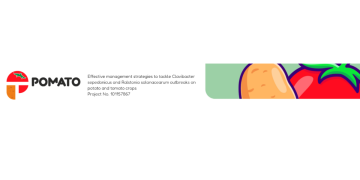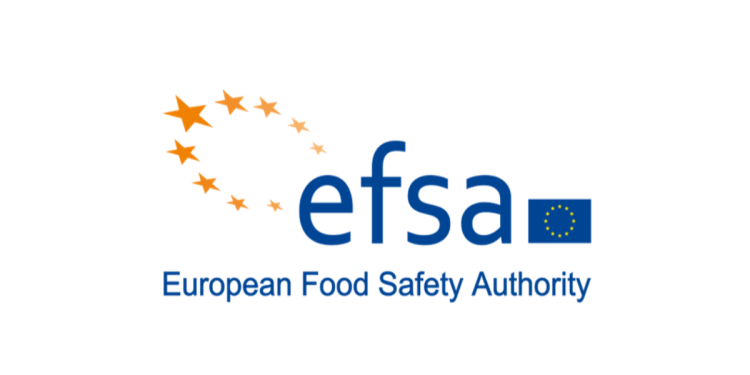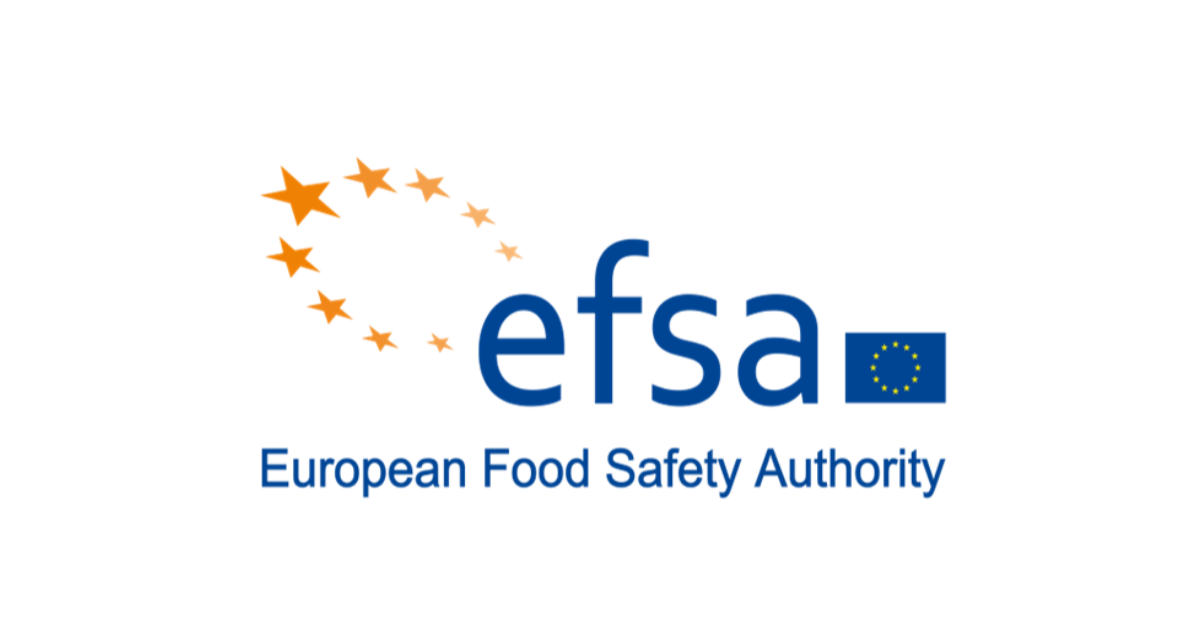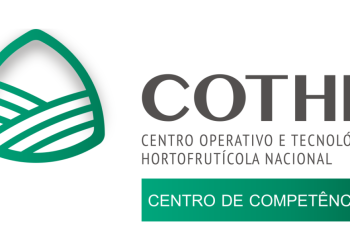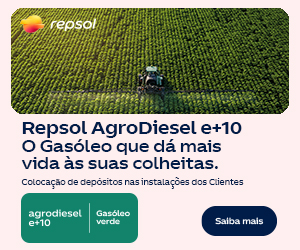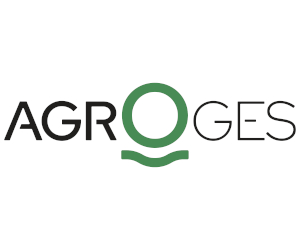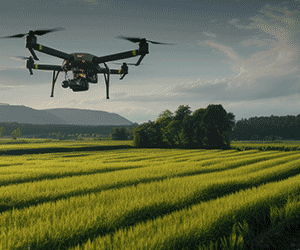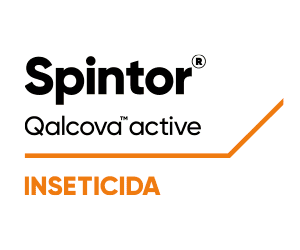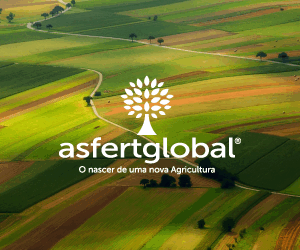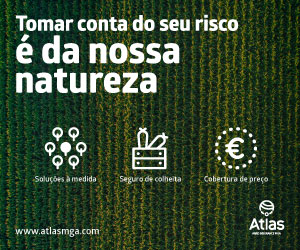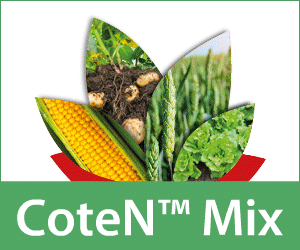The report analyses information on pesticide residues gathered from random and targeted monitoring programmes. EFSA also published an interactive tool that allows users to browse the data in charts and graphs.
Random sampling shows consistent results
EFSA analysed the results of 13,246 random samples taken by EU Member States, Norway and Iceland from 12 of the most consumed food products in the EU as part of the EU-coordinated control programme (EU MACP).
The EU MACP programme samples the same commodities every three years to track trends. For 2023 these were carrots, cauliflowers, kiwi fruits (green, red and yellow), onions, oranges, pears, potatoes, dried beans, brown rice, rye, bovine liver and poultry fat.
From this subset of samples analysed under the EU MACP, 99% were found to be compliant with EU legislation. This finding is consistent with the results obtained in 2020 (99.1%), when the same selection of products was sampled.
Of the 2023 samples, 70% were free of quantifiable levels of residues, while 28% contained one or more residues within legal limits. Maximum residue levels (MRLs) were exceeded in 2% of samples, of which 1% were non-compliant after taking into account the measurement UNCERTAINTYScientific concept used in risk assessment to describe all types of limitations in available knowledge at the time an assessment is conducted, with the agreed resources, that affect the probability of possible outcomes to the assessment.
Targeted sampling with high compliance rate
EFSA’s annual report on pesticide residues also includes the results from the Multiannual National Control Programme (MANCP), which gathers data from targeted sampling, based on the level of risk.
These national control programmes provided 132,793 samples, 98% of which were compliant with EU legislation. Compliance rates for the MANCP in 2021 and 2022 were 97.5% and 97.8%, respectively.
Of the 2023 samples, 58% did not contain quantifiable residues, while 38.3% contained residues within legal limits and 3.7% exceeded the MRLThe maximum amount of a pesticide residue allowed in foods or animal feeds, expressed as milligrams per kilogram, of which 2% were non-compliant.
Dietary RISK ASSESSMENTA specialised field of applied science that involves reviewing scientific data and studies in order to evaluate risks associated with certain hazards. It involves four steps: hazard identification, hazard characterisation, exposure assessment and risk characterisation
The results from the monitoring programmes are a valuable source of information for estimating DIETARY EXPOSUREFor the purposes of risk assessment, measurement of the amount of a substance consumed by a person or animal in their diet that is intentionally added or unintentionally present (e.g. a nutrient, additive or pesticide) of EU consumers to pesticide residues.
EFSA carried out a dietary risk assessment as part of its analysis of the results. The assessment shows the PROBABILITYThe likelihood that a particular event will occur or that a measured value will fall within a particular range that consumers will be exposed to a quantity of residues above a certain safety THRESHOLDA dose or exposure below which adverse effects are not detected.
Based on its assessment, EFSA concludes that there is a low risk to consumer health from the estimated EXPOSUREConcentration or amount of a particular substance that is taken in by an individual, population or ecosystem in a specific frequency over a certain amount of time to pesticide residues in the foods tested.
The report also makes recommendations to increase the efficiency of European control systems for pesticide residues. For example, EFSA advises Member States to further investigate and monitor pesticide and crop combinations leading to non-compliances, and to continue monitoring pesticide residues in samples imported from outside the EU with a wide analytical scope.
O artigo foi publicado originalmente em EFSA.









